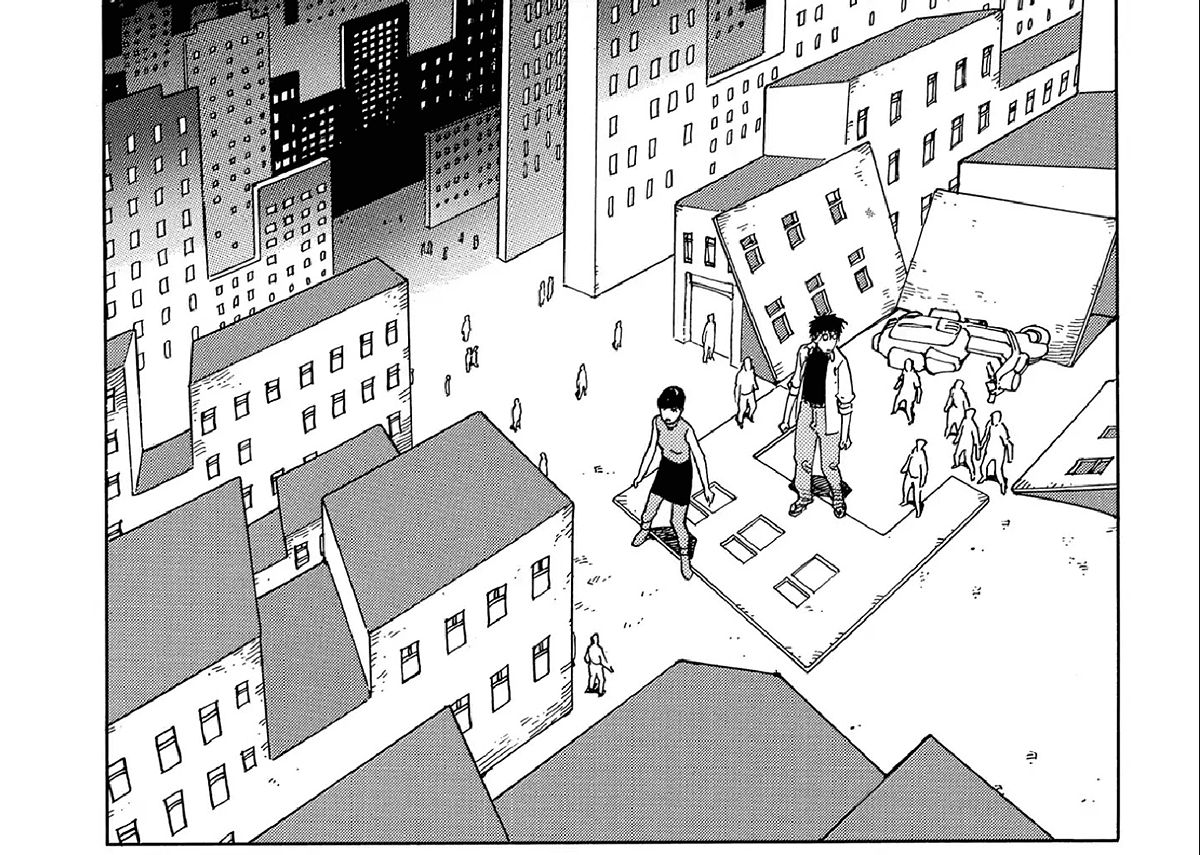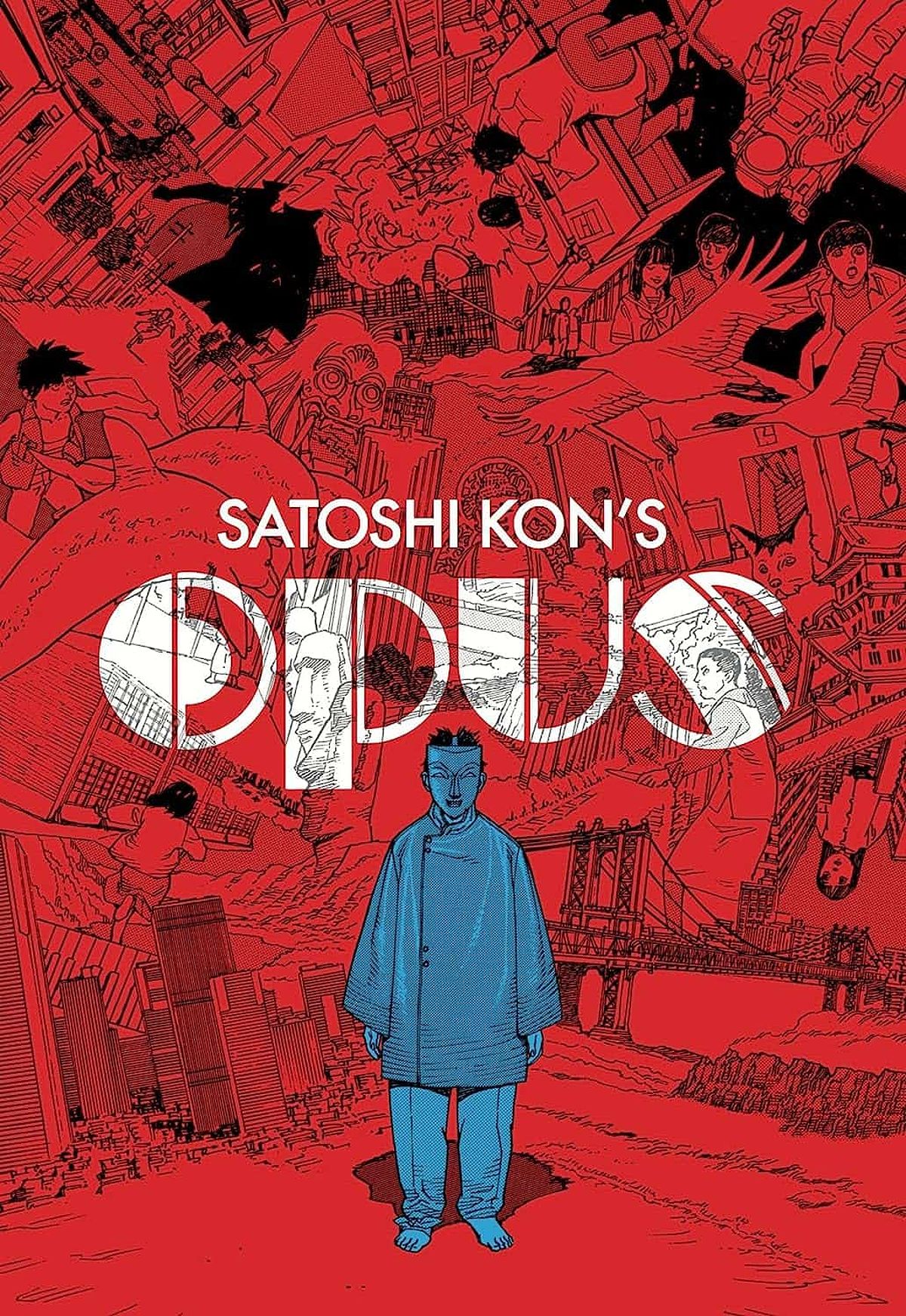Satoshi Kon’s OPUS: A Metafictional Masterpiece

Discover Satoshi Kon’s manga masterpiece, OPUS, a mind-bending and dreamlike metafiction that showcases his unique themes and artistic style.
Satoshi Kon’s OPUS: A Metafictional Masterpiece
Satoshi Kon, renowned for his captivating films such as ‘Perfect Blue,’ ‘Millennium Actress,’ ‘Tokyo Godfathers,’ and ‘Paprika,’ initially began his artistic journey as a manga artist, or mangaka. While his filmography is widely celebrated, Kon’s limited but impressive manga works, particularly ‘OPUS,’ deserve equal recognition. This mind-bending and dreamlike piece of metafiction serves as a precursor to Kon’s later projects, showcasing his unique themes and artistic style.

( Credit to: Asianmoviepulse )
‘OPUS’ opens with a climactic scene featuring Satoko, the main protagonist, engaged in a confrontation with her arch-nemesis. However, this scene is soon revealed to be a mere draft within the in-universe manga titled ‘Resonance,’ which is being created by its protagonist, Chikara Nagai. Nagai, a disheveled and unheroic mangaka, discusses his plans with his editor to kill off one of the secondary characters, Lin, in the manga’s finale. To Nagai’s surprise, Lin emerges from the drawing, dissatisfied with his impending demise, and steals the manuscript page containing his death scene. In pursuit of Lin, Nagai inadvertently enters the world of ‘Resonance,’ setting the stage for a captivating narrative that unfolds as a nesting doll of metafiction. The story eventually culminates in an unexpected cameo appearance by Satoshi Kon himself.

( Credit to: Asianmoviepulse )
During 1996, ‘OPUS’ was serialized, but Kon’s attention shifted when he began working on ‘Perfect Blue.’ As a result, ‘OPUS’ was put on hiatus and ultimately left unfinished, leaving fans yearning for a proper resolution to the gripping cliffhanger. After Kon’s untimely passing, a roughly sketched draft of the manga’s final chapter was discovered, featuring the apologetic author in the ‘real world’ facing demands from his editors. Although this epilogue fails to fully mend the wounds inflicted by the original ending, it beautifully embodies the meta nature of the story, reflecting the struggles faced by mangakas. It serves as an unexpected and ironic example of life imitating art.
Existentialist Themes and Personal Reflections
The existentialist themes explored in ‘OPUS’ likely mirror Kon’s own state of mind during that period of his life. Even the manga’s protagonist, Nagai, bears a striking resemblance to Kon himself, complete with similar glasses and occasionally a ponytail. The internal conflicts experienced by mangakas are allegorically portrayed through Nagai’s confrontation with his own ‘Frankenstein’s monster,’ so to speak. As the ‘god’ of this world, Nagai (and by extension, Kon) is responsible for all the suffering experienced within ‘Resonance.’ The villain within the manga, acknowledging this, mentions to Nagai, ‘I’ve always been part of you.’ This hints at the author’s perverse need to create cruel stories and torment their characters for the sake of entertaining readers. When questioned by Satoko about the sad nature of the story and the characters’ suffering, Nagai candidly replies, ‘I had to keep it interesting.’ This truth underscores the necessity of conflict and adversity in storytelling, a concept well-known to Nagai and other mangakas. Thus, the story and its characters serve as a reflection of Satoshi Kon’s inner dialogue with himself.
Artistic Style and Creative Manipulation
The art style in ‘OPUS’ is not overly detailed, yet it is far from simplistic. Instead, its complexity lies in the inventive visuals and the interplay of ideas. For instance, there are instances where the reader believes they are witnessing an event in the manga’s ‘reality,’ only to discover that it is a character within the story reading a manga. The concept of perspective is also playfully manipulated, with characters knocking over backdrops like dominos and navigating through waist-high buildings reminiscent of Kaiju films. This creative bending of the rules of manga constitutes the greatest strength of ‘OPUS.’ However, it also results in a lack of consistency in the world’s ‘laws,’ as the manga prioritizes creativity above all else.
Sci-Fi Adventure and Unfinished Brilliance
Despite its meta-narrative and existentialist themes, ‘OPUS’ remains grounded in its sci-fi adventure foundation, occasionally infused with moments of levity. Amidst its complexity, the manga maintains consistent character development and awe-inspiring spectacle. As a result, it remains accessible to contemporary audiences, provided they are prepared for the extraordinary. Although ‘OPUS’ was left unfinished, what remains is a testament to the brilliance of its creator. It deserves appreciation and even amusement for its thought-provoking nature and unconventional storytelling approach.




